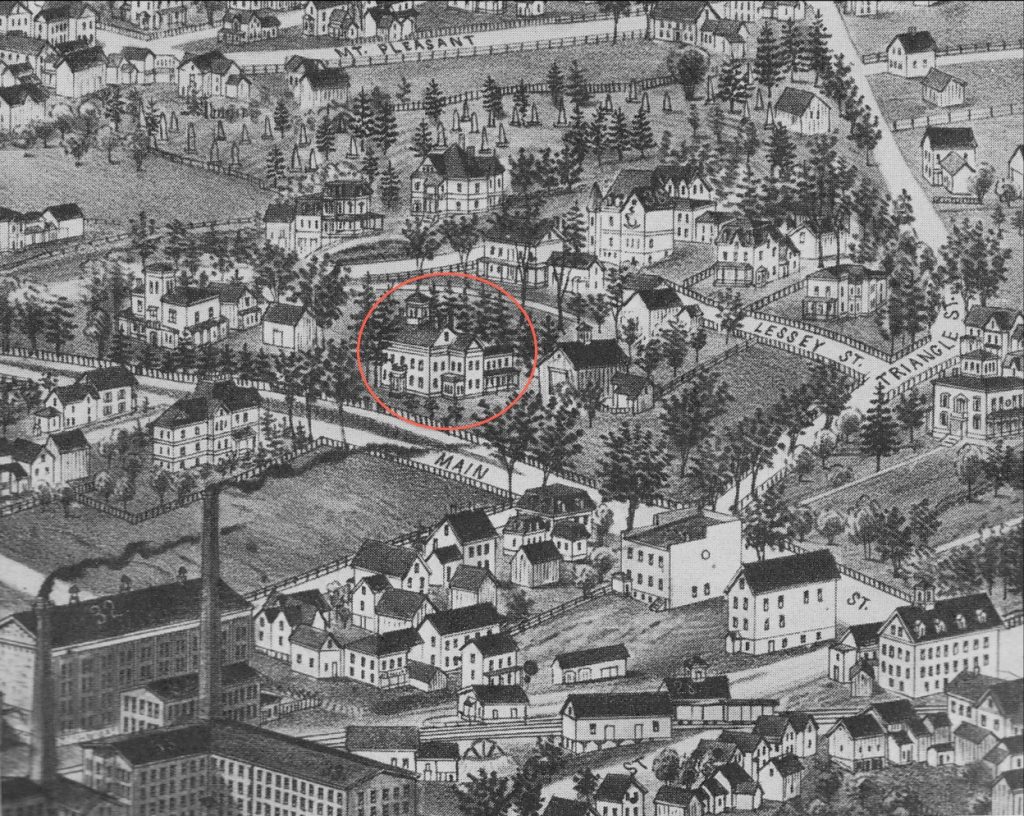4.35 miles
minnehaha falls and back
5 degrees
Back outside! Cold, but much warmer than Tuesday. Low (ish) wind, plenty of sunshine, clear paths. I felt a little tired and sore, but still happy to be outside. Was planning to do my usual routine of running without music, then putting some in at my favorite spot by the falls, but I forgot my headphones. Oh well, if I had been listening to music I might not have heard a goose honking.
10 Things
- startled some birds in the brush on the path near the ramp that winds down to the falls bridge — some rustling noises, then a silver flash as the sun caught the feathers on one of the bird’s wings — it reminded me of Eamon Grennan’s line about a lark’s silver trail in Lark-luster or EDickinson’s silver seam in A Bird, came down the Walk
- the falls were hidden behind columns of ice
- a few people (3 or 4?) walking on the frozen creek, admiring the falls from up close
- falling water sound: tinkling, sprinkling, shimmering
- the creek was frozen over, with just a few open spots where the water flowed beneath it
- running past the stretch of woods near the ford bridge — all the leaves are gone, the small rise up to the bridge fully visible
- crunch crunch crunch as my feet struck the ground — not slippery or hard or too soft
- my shadow, sharp lines, solid, dark, lamp post shadow, softer, fuzzier
- the rhythm of a faster runner’s legs as they passed me — a steady lift lift lift — so graceful
- a lone geese honking — not seen, only heard
Somewhere near the Horace Cleveland overlook (near the double bridge), I thought about interiors and exteriors and how you can look in or out of windows and then outside as the abstract/thinking/theorizing/writing and inside as the body. I want to remove the barrier between these, to mix writing with being/doing/moving as a body. Then lines from Maggie Smith’s “Threshold” popped into my head: You want a door you can be on both sides of at once. You want to be on both sides of here and there now and then…Yes, I do.
added 21 jan 2024: Reading through a past entry this morning I suddenly remembered the black capped chickadee calling out their fee bee song so loudly as I ran up the hill between locks and dam no. 1 and the double bridge. Wow! I recall thinking they were in beast mode (a reference to Michael Brecker and how some people describe his playing).
Jane Hirshfield’s Ten Windows, Chapter 6 (Close Reading: Windows)
Many good poems have a kind of window-moment in them–they change their direction of gaze in a way that suddenly opens a broadened landscape of meaning and feeling. Encountering such a moment, the reader breathes in some new infusion, as steeply perceptible as any physical window’s increase of light, scent, sound, or air. The gesture is one of lifting, unlatching, releasing; mind and attention swing open to new-peeled vistas.
windows offer an opening, a broadened landscape, fresh air, a lifting, unlatching, releasing, expansion, an escape or a way into somewhere else
In this chapter, Hirshfield does a close reading of ED’s “We Grow Accustomed to the Dark” — yes!
I have called the third stanza (And so of larger — Darkness –/Those Evenings of the Brain –) the poem’s first window, but for me, the true window in Dickinson’s poem is contained in one word; its quick, penultimate, slipped-in “almost.” (And Life steps almost straight). The effect is so disguised it feels more truly trap-door than window: On this close-to-weightless “almost,” the poem’s assurance stumbles, catches. Its two syllables carry the knowledge that there are events in our lives from which no recovery is possible.
I love Emily Dickinson’s almost in this poem. The space it gives — the possibilities — for living your life otherwise. It seems that Hirshfield reads this almost as unfortunate — you almost made it back to your normal life after the darkness, but not quite. I don’t. There’s so much room (and a lot less pressure) in the almost! So much to write about this idea, so little time right now.
In the chapter, Hirshfield references a “popular” Dickinson poem that I’ve never encountered before:
The Brain — is wider than the Sky — (1863) J632/ Emily Dickinson
The Brain — is wider than the Sky —
For — put them side by side —
The one the other will contain
With ease — and You — beside —
The Brain is deeper than the sea —
For — hold them — Blue to Blue —
The one the other will absorb —
As Sponges — Buckets — do —
The Brain is just the weight of God —
For — Heft them — Pound for Pound —
And they will differ — if they do —
As Syllable from Sound —
I’d like to put this into conversation with my mid-run ideas about the body and the mind — maybe add Mary Oliver’s ideas about the difference between a poem and the world from The Leaf and the Cloud too.
